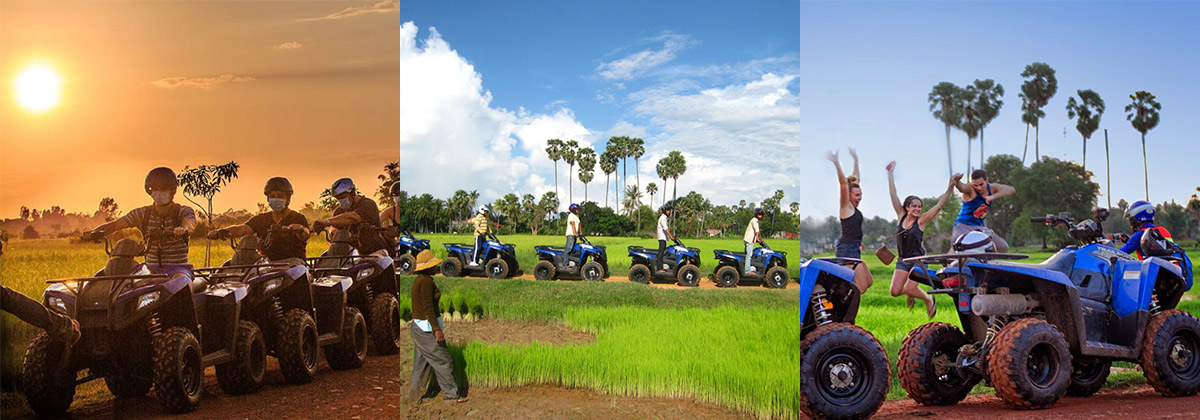About Siem Reap
Siem Reap (Khmer: សៀមរាប) is the second-largest city of Cambodia, as well as the capital and largest city of Siem Reap Province in northwestern Cambodia.
Siem Reap has French-colonial and Chinese-style architecture in the Old French Quarter and around the Old Market. In and around the city there are museums, traditional Apsara dance performances, a Cambodian cultural village, souvenir and handicraft shops, silk farms, rice paddies in the countryside, fishing villages and a bird sanctuary near Tonlé Sap, and a cosmopolitan drinking and dining scene. Siem Reap city, home to the famous Angkor Wat temples, was named the ASEAN City of Culture for the period 2021 to 2022 at the 9th Meeting of the ASEAN Ministers Responsible for Culture and Arts (AMCA) organised on Oct 22, 2020.
Today, Siem Reap has many hotels, resorts, and restaurants, due to its proximity to the Angkor Wat temples, Cambodia's most popular tourist attraction.
Images of Siem Reap

Kulen Mountain (Phnom Kulen):
Phnom Kulen National Park is about 48 km from Siem Reap and contains a number of attractions such as its two waterfalls and the Kbal Spean's 'river of 1000 lingas'. It is also home to Preah Ang Thom, an active, 16th century pagoda that is home to the largest reclining Buddha in Cambodia.

Angkor Wat:
Angkor Wat (Wat temple) is the central feature of the Angkor UNESCO World Heritage Site, containing the remains of the Khmer civilization. Angkor Wat's rising series of five towers culminates in an impressive central tower that symbolizes the mythical Mount Meru. Thousands of feet of wall space are covered with carvings depicting scenes from Hindu mythology. The most important are the carved bas-reliefs of the Hindu narratives. They tell a story about gods fighting demons in order to reclaim order, which can only be achieved by recovering the elixir of life known as amrita. The gods and demons must work together to release it and then battle to attain it.
Angkor Thom (Bayon Temple)
Angkor Thom is an inner royal city built by Jayavarman VII, the Empire's famed 'Warrior King', at the end of the 12th century and is renowned for its temples, in particular the Bayon. Other notable sites are Baphuon, Phimeanakas, the Terrace of the Elephants, and the Terrace of the Leper King. The city can be accessed through five city gates, one at each cardinal point and the Victory Gate on the eastern wall.

Local Specialties:
- Sombai infused rice wine: A product that has become symbolic of Siem Riep are the Sombai premium infused rice wines drawing inspiration from the Cambodian traditional infused rice wine sraa tram (Khmer: ស្រាត្រាំ) filled in hand-painted bottles. The Sombai workshop and tasting parlour set up in the artist's Leang Seckon's house have also become a tourist attraction.
- Cashew nut apples and mango brandy: Made in Siem Reap from cashew apples, the fruit that grows on top of the cashew nut, its 80% juice and is discarded as a by-product of cashew cultivation, and ripe yellow mangoes.
- Prahok: Prahok made by the villages in Siem Reap is often regarded as the best in the country.
More Information
Tourism is a very important aspect of the economy of Siem Reap: it was estimated in 2010 that over 50% of jobs in the town were related to the tourism industry. The city has seen a massive increase in tourist arrivals in the decades since the end of the Khmer Rouge era, and businesses centered on tourism have flourished due to the tourism boom. Visitor numbers were negligible in the mid-1990s, but by 2004, over half a million foreign visitors had arrived in Siem Reap Province that year, approximately 50% of all foreign tourists in Cambodia. By 2012, tourist numbers had reached over two million.